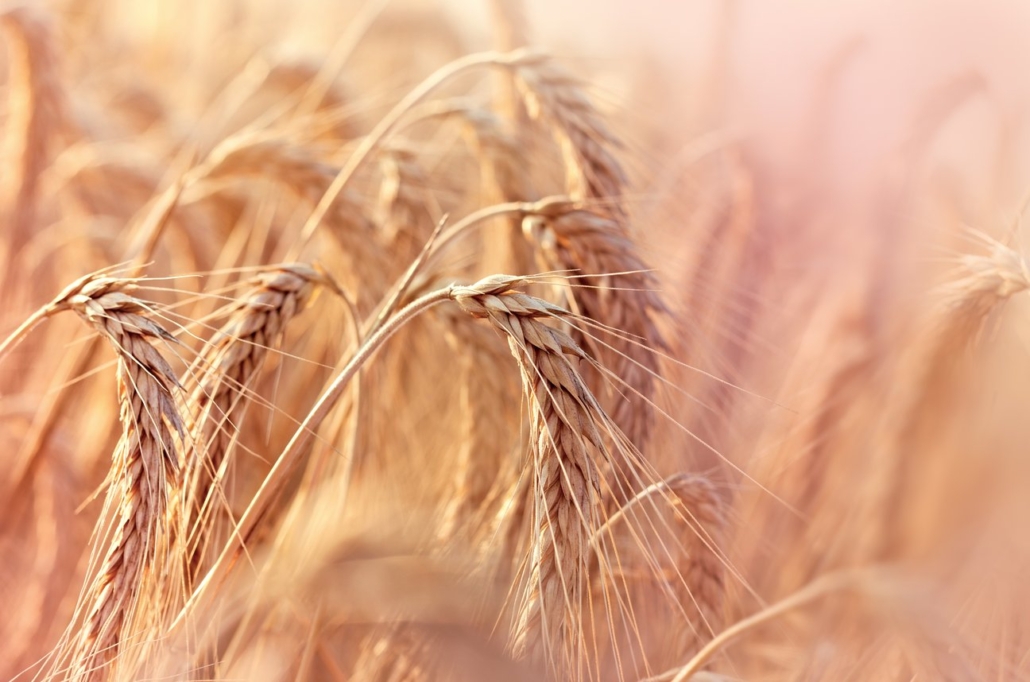
A broader industry push toward sustainability is giving rise to creative new ways of repurposing so-called “waste” ingredients. Driven by consumer demand for socially responsible and eco-friendly products, the upcycling trend isn’t exactly new, but it is growing. As consumers continue reducing their environmental footprints, more manufacturers are looking to technological innovation and processing reforms to achieve an increasingly coveted “zero waste” product claim.
While it’s not always practical to redesign manufacturing practices in a way that eliminates waste products at the source, upcycling is the next best thing. Here are some of the ways that upcycling is making ingredient development more sustainable.
Multiple Outputs from One Input
Conscious and creative upcycling allows manufacturers to turn one waste byproduct into several valuable and marketable ingredients. Amanda Ollenburger, senior director of marketing and international sales for Biova (Johnston, IA), says one of the challenges associated with upcycling is the requirement for companies to think beyond traditional purposes and processes. Biova, Ollenburger notes, solved this challenge by identifying the individual components that make up its waste byproducts.
“Biova’s eggshell membrane products naturally contain collagen, elastin, glucosamine, chondroitin, protein, and a variety of amino acids,” Ollenburger says. “All of these things are well known to be beneficial for joint and skin health. By identifying the components that make up the membrane, we identify one source in nature for several beneficial products.”
Biova’s upcycling process separates the eggshell membrane from the rest of the eggshell, which facilitates upcycling of the eggshell into feed and fertilizer as well. According to Biova, this process keeps over two billion eggshells out of landfills every year.
Supply Chain Innovation an Emerging Priority
The future of upcycling will likely involve whole supply chains. Micah Osborne, president of Stratum Nutrition (Carthage, MO), says that while individual companies are paying closer attention to what they throw away, there is an emerging opportunity and need for a whole-of-industry approach to upcycling.
“In most cases, the current supply chain isn’t optimized for the output you’re upcycling to,” Osborne says. “We’re already spending resources to produce the waste byproducts, or, as we like to call them, Poorly Utilized Resources. It’s important for us to spend the time figuring out how we can maximize the use of these resources.”
Stratum Nutrition produces an upcycled eggshell membrane ingredient, branded NEM, designed for inclusion in bone and joint health products for the human and animal markets. But Osborne says there are several other ingredients that are prime candidates for upcycling. Crop waste, for instance, can be upcycled into a prebiotic. Distillers’ grains, a byproduct of beer and whiskey production, are often upcycled into livestock feed.
Cost Control and Recovery Matter
While upcycling is undoubtedly good for environmental sustainability, sustainable business practices must, at the minimum, offer a path to cost recovery in order to be scalable. Quite simply, for-profit businesses won’t adopt a prohibitively expensive process no matter how good that process may be for the environment.
Rob Brewster, president of Ingredients by Nature (Montclair, CA), says new innovations in upcycling technology and increased efficiencies in general production are now enabling companies to look for alternative ingredient sources in a cost-effective manner. Ingredients by Nature produces an upcycled product, branded as CoffeeFruit Pure, that is made from recovered coffee fruit.
“When coffee fruit is discarded and left to decay, it produces harmful mycotoxins,” Brewster says. “More than 25 million tons of coffee fruit are wasted every year. But by removing the coffee fruit immediately after it is separated from the bean during the coffee production process, we’re able to reduce mycotoxin development and prevent damage to flora and fauna in the local environment.”
Recovering coffee fruit immediately after processing also results in a higher-quality, more marketable product that is richer in active ingredients. CoffeeFruit Pure contains over 80 mg/g of phenolics and over 8 mg/g of chlorogenic acid, according to Ingredients by Nature. Immediate upcycling preserves the fruit’s nutritional profile, as there is no opportunity for the raw source material to decay before processing.
Better Upcycling Creates More Potent Products
Advances in upcycling technology also enable manufacturers to create competitive differentiators without sacrificing sustainability. Hannah Ackermann, RD, is the corporate communications manager for Comet Bio (Schaumburg, IL). Ackermann says upcycling processes are enabling Comet Bio to extract arabinoxylan in an efficient manner, something that has historically been a challenge for the industry.
“Despite its exceptional prebiotic benefits, this plant fiber extract hasn’t been widely available for use due to inefficient extraction,” Ackermann explains. “We saw an opportunity to make arabinoxylan available in an isolated, purified, and fully soluble form. Our proprietary water extraction technology makes it possible to extract arabinoxylan from many food and crop leftovers and purify it.”
Comet Bio’s branded arabinoxylan product, Arrabina, is sourced from crop leftovers such as straw, leaves, and shells. Ackermann says Comet Bio’s dextrose production process emits 60% fewer greenhouse gases than traditional manufacturing, which is just one of many challenges upcycling solves.
“According to the Natural Resources Defense Council, 40% of the food produced around the globe goes to waste. Our food system is producing more waste than ever and still isn’t providing adequate nutrition. We’re working to address both challenges by extracting nutrition from food system waste,” she says.
Upcycling to Grow in 2021
Industry experts expect upcycling to become increasingly popular in 2021. The Upcycled Food Association (Greenwood Village, CO), a nonprofit advocacy group founded by upcycled-food companies, is in the process of developing a voluntary certification standard for upcycled food products that would set minimum upcycled-ingredient volume requirements.1 As upcycling gains prominence among sustainability initiatives, expect to see more such consumer-oriented communication projects designed to convey the benefits of upcycling to consumers.
Reference
- Upcycled Food Association. “UFA Upcycled Certification Standard: Version 1 – Comment Period Draft.” Published online October 2020. Accessed here.

